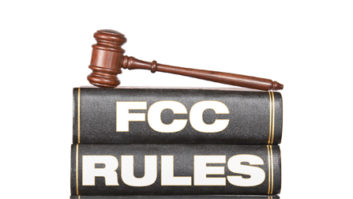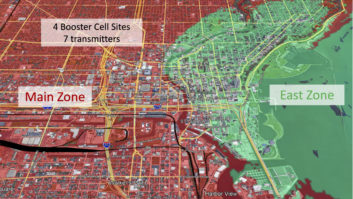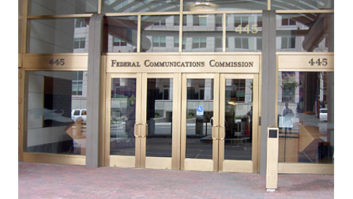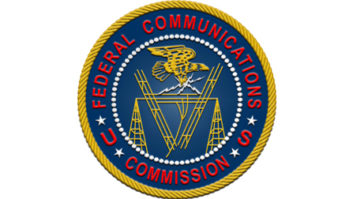When Mark Heller heard that FCC Chairman Brendan Carr was seeking public input on “identifying FCC rules for the purpose of alleviating unnecessary regulatory burdens,” he didn’t waste time.
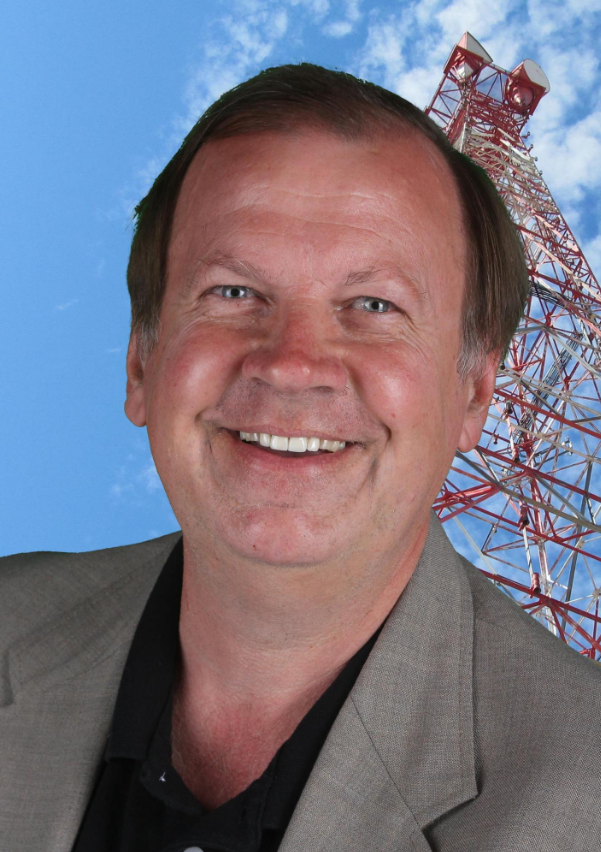
He quickly put together a list of six recommendations and submitted them in GN Docket 25-133.
He told Radio World that these ideas have been simmering for some time.
Heller is president of Metro North Communications Inc. in Wisconsin. He is a station broker, a former station owner, a member of the Association of Federal Communications Consulting Engineers and the National Radio Systems Committee, as well as a former board member of the Society of Broadcast Engineers and former member of the IEEE Broadcast Technology Society.
The text of his filing is excerpted below, lightly edited:
- Metro requests the commission open windows for opportunities for new standard broadcast (AM) radio stations to be applied for, granted and built, as hundreds have been deleted with no current way to save them, or retuned them to service, using FCC’s own “ancient rules.” Broadcast organizations and broadcasters have lobbied Congress in recent years, for a legislative bill mandating AM radio receivers in cars, but over the past 22 years, well over 820 AM licenses have been deleted. An exhibit is at www.mesamike.org showing a list compiled by internet site of deletions; Metro has no relationship to www.mesamike.org. It is now time to embrace AM radio, fully. That includes opening the windows for applications.
- FCC should be promoting, authorizing or designating the use of 1610 kHz for Traveler’s Information Stations (TIS) nationwide, and make it available to more municipalities, with the use of 10-watt transmitters and shortened antennas, but with much better audio improvement standards than allowed under current FCC “ancient rules.” Namely, allow for the expansion of the audio circuitry and processing (audio bandwidth) from current 5 kHz to meet current NRSC standards (8 kHz). The stations that exist today sound more like police radios or walkie-talkie radios than a true quality broadcast, enjoyed everywhere else on the Standard Broadcast band in the United States. Technology to protect splatter to other channels is available and commonplace today, to meet the audio quality expansion. The commission should modify the regulations that restrict the audio bandwidth from 5 kHz to 8 kHz as part of this program. Ensure NRSC filtering, restricting audio above 8 kHz. Today’s uses for TIS include for public safety, universities, National Park Service, state historical parks, airports, visitor bureaus, Air Force bases, welcome centers, wildlife refuges, as well as municipalities informing visitors of services.
- Open the expanded band (1610 to 1700 kHz) for new commercial applications. Decades ago, Heller was in attendance when Mr. William Ball, then an FCC employee, made a presentation to engineers stating that 88 locations had been determined to fulfill the idea of adding the expanded band throughout the United States, Puerto Rico and the U.S. Virgin Islands. Out of 88 selections, it is estimated that only 55 are licensed and built. Expanded-band power levels of 10 kW days, 1 kW night facilities would be welcomed in the United States after being neglected for decades.
- Allow for a window to apply for deleted FM stations. Not unnoticed are the number of FM radio licenses being returned and deleted in recent years. Most are Class A licenses in medium or small markets. The amount of time between a “deletion” being approved and the window to apply for same may be several years — time lost, when a community could have its local service returned. This is another of the FCC “ancient rules” that should be addressed.
- Approve use of AM high-efficiency broadband antennas or “HEBA antennas” manufactured by Worldwide Antenna Systems for small footprints on land (50-foot by 50-foot land area and 75-foot total height). Let’s get creative! This engineering concept, which is now reality, should be easily approved for 1 kilowatt daytime power and some nighttime power levels. It has been studied for eight years and looks very promising! It is time for the FCC to embrace this concept, in order to save AM stations being deleted, due to property values exceeding the value of the station.
- Allocate 87.9 FM as a secondary Traveler Information Service and classify it as “TIS-2.” Some markets already have an established 1600 or 1620 AM station that would overwhelm a TIS on 1610. So why not allow a service at 87.9 on 100 watts, specifically for community-based FM “non-translators” at 100 feet? This frequency is in use as an FM translator at K200AA in Sun Valley, Nev. Previously, a licensee was granted to KSFH in Mountain View, Calif. The FCC’s recent ruling that grandfathers so-called Franken FMs provides precedent for using these frequencies below 88.1.
Cost-benefit considerations
Applicants and grantees would pay FCC filing fees. Upon grant and construction, commercial licensees would pay annual FCC regulatory fees. Employment opportunities would be created not only for announcers, news presenters and sales representatives for commercial broadcasters, but also for consulting engineering firms, communication attorneys, manufacturers of transmitters, audio devices, monitoring equipment, remote control systems, transmitting tower manufacturers, of which many are U.S.-based jobs. This proposal is a “win-win-win.” In the words of President Trump, “So much winning!”
Regulation as barrier to entry
To date, it has been nearly impossible to ask for a proposed window of opportunity to apply for an AM radio station anywhere in the United States. With the exception of four silenced stations around the St. Louis, Mo., area, this opportunity has been severely restricted for over 22 years. (Of those four stations there were NO bidders!) Auction rules were and are terrible, especially with small- and medium-market entry applicants.
Old rules are holding back innovation, especially in the archaic requirements that community-based Traveler Information Stations must adhere to an audio bandwidth described at best with a bandwidth of only 5 kHz, then stepped down with each kHz above. For engineers on the ground, the prescribed instructions are extremely hard to follow and understand. TIS was established in 1977, part of Report and Order Docket 20509.
Do small businesses face unfair regulatory burdens?
Most recently, Las Vegas AM stations KDWN and KXST were deleted as a result of the sale of the land under the tower. While large consolidator Audacy received $40 million from the sale, it apparently never made any sense to them that the stations could have been moved to nearby, vacant land, outside of the city limits. The same consolidator had reduced the licensed power level from 50 kilowatts to 25 kilowatts of KDWN along the way to its final slow death march. By deleting this license, they limited competition and innovation in the very market where they compete today.
Same for another large consolidator, Cumulus, turning off a 1,000-watt AM station in White Plains, N.Y. WFAS was deleted after its lead engineer made national presentations to various engineering groups about how well their “all-digital” AM was clearly heard in mid-Manhattan in New York City.
In almost every other industry, if one of the three largest consolidators would purchase, then kill off and bury an industry, it would be considered “anti-competitive treachery.” Ancient FCC rules have allowed this to happen and it is clearly not in the public’s interest, safety or necessity.
Conclusions
Metro has provided “positive improvement recommendations” for 1) opening an AM (standard broadcast) window for deleted frequencies; 2) opening an expanded-band window for deleted/unbuilt stations; 3) approving audio frequency response on Traveler Information Radios; 4) authorizing use of 87.9 MHz for Traveler Information Radios; 5) approving HEBA antennas for AM stations with land restrictions; and 6) opening a window for interested parties to apply for deleted FM frequencies. These are presented with the wish that the broadcasting community nationwide would embrace the opportunity to consider, comment and approve of the items recommended in this filing.
Comment on this or any story to [email protected].
Official comment filings in GN Docket No. 25-133 are due to the FCC by April 11, 2025, and reply comments are due April 28, 2025. Comments can be filed here.

